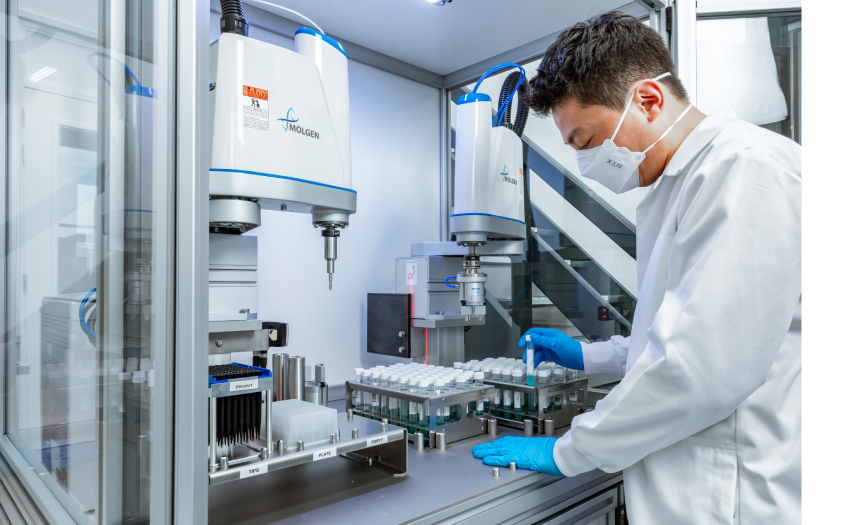What’s Driving Biostimulant Use in Key Agricultural Markets?
While biostimulant use grows around the world in just about all parts of the world some markets are adopting these solutions more quickly than others. According to AgbioInvestor, key markets include the European Union (EU), United States (U.S.), Brazil, India, and China.
“Biostimulants initially found the majority of their usage in specialties such as high-value fruits and vegetables, however usage has been increasing rapidly in field crops around the world,” said AgbioInvestor Co-founder Garry Mabon.
AgriBusiness Global DIRECT recently caught up with Mabon, and several other experts within the biostimulants market, to get their insights on emerging markets for this key plant health sector.
CS Liew, Managing Director of Pacific Agriscience, has seen a great deal of M&A activity, especially in Latin America. Brazil and Mexico are fertile grounds for M&As in the bio ag inputs sector. Brazil, because of its growth, and Mexico because of the fresh produce exported to the U.S. In Mexico, Rovensa acquired Cosmocel opening the door to markets in North and Latin America.”
According to Mabon, other markets that are seeing growth are Chile and Peru due to being important producers of specialty crops for export and that, “biostimulants initially found the majority of their usage in specialties such as high-value fruits and vegetables, however usage has been increasing rapidly in field crops around the world.”
Mabon went on to list several factors driving the biostimulant market:
- Increased Widespread Adoption: “Usage in field crop markets such as in the U.S., Brazil, and EU have been expanding strongly from a low base. As an example, in a survey of Spanish growers in 2019, AgbioInvestor found that almost 80% of tomato growers were already using biostimulants, whereas for wheat and barley, only 11% and 7% respectively were using biostimulants. If many more wheat and barley growers start to use these technologies, the treated acreage (and market value) could increase strongly.”
- Market Access: “Biostimulants have increased market reach in recent years through new distribution relationships, licensing arrangements, or M&A activities. Wider access to growers is expected to help drive growth in the coming years.”
- Fertilizer Prices: “The record fertilizer prices experienced in recent years have led to growers looking at ways to improve the efficiency of fertilization in order to save costs, to the benefit of biostimulants.”
- Environmental Change: “Extreme climate variability and weather events like droughts and excessive hot temperatures have led to growers assessing biostimulants for their potential as an insurance policy against unfavorable conditions.”
- New products: “Innovative new solutions are coming to the market that meet specific grower requirements.”






